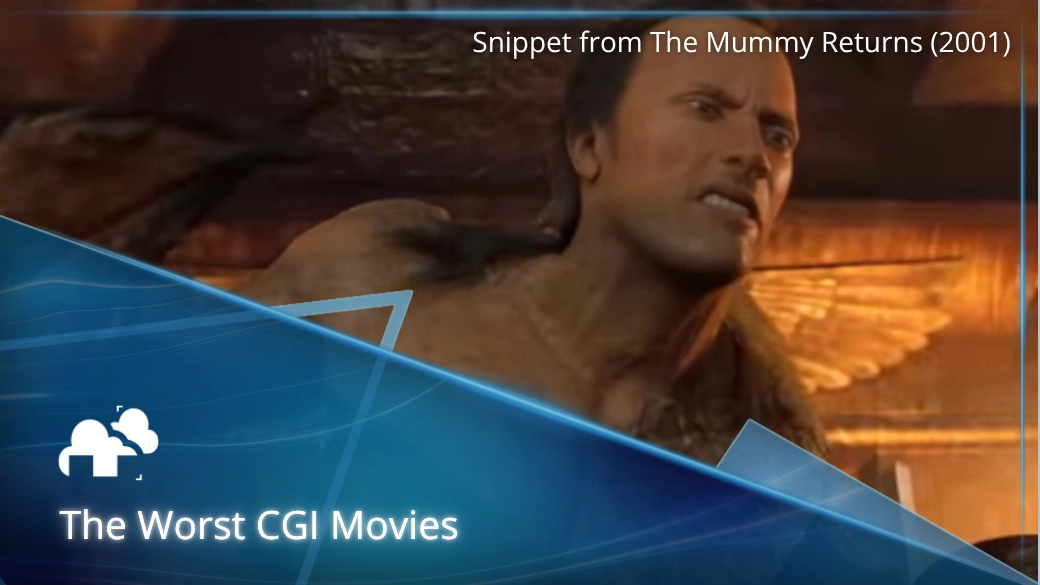
Some of the most expensive films in Hollywood still look unfinished by the time they hit theaters. However, this disconnect between budget and visual quality is not a new problem and is something that the industry keeps repeating because of unrealistic deadlines, poor direction, and the misuse of technology. Films like The Mummy Returns and Justice League show how rushed post-production and miscommunication can ruin what should have been blockbuster moments. Even recent releases like Argylle and Red One reveal that Hollywood hasn’t learned from past mistakes. The problem isn’t the technology but how studios use it.
Despite visual effects being one of the most expensive parts of any modern production, behind every bad shot there’s often a story of changing scope mid‑shoot, mismatched expectations between production and post, and incorrect prioritisation of time over iteration.
It usually starts with vague creative direction or an unfinished script. That leads to rushed shoots with placeholder ideas, which then push impossible fixes onto VFX teams (The Guardian). Because the groundwork wasn’t there, effects become patchwork solutions under tight deadlines. One weak link triggers the next, and by the time the film hits post, the damage is already done. This domino effect plays out again and again, not because the tools are lacking, but because the process keeps breaking in the same place.
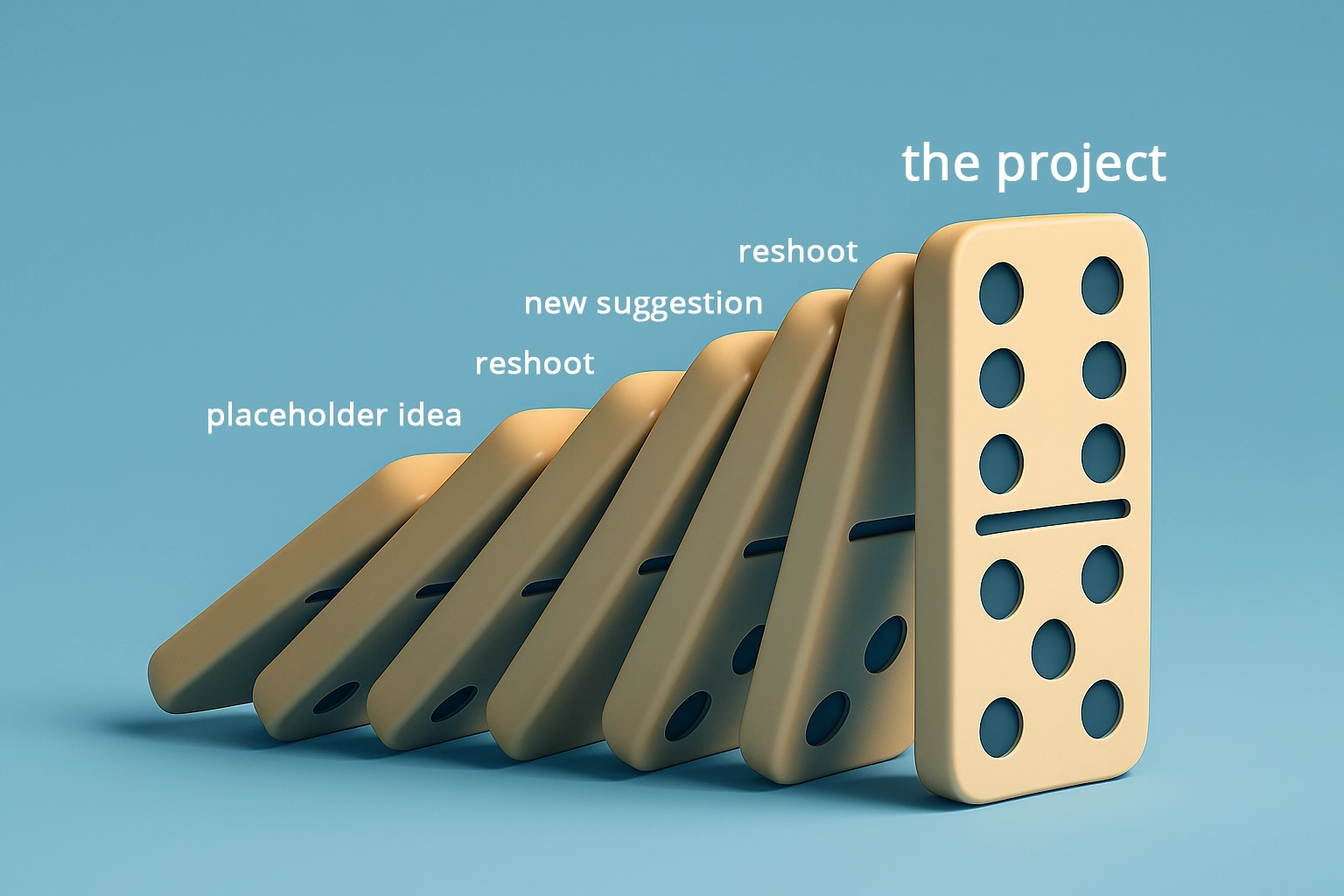
Behind every poorly received CGI movie are artists who knew it could have looked better, but were often hamstrung by an industry marked by overwork, instability, and miscommunication. VFX professionals frequently face long nights, unpaid overtime (Vani), and tight deadlines, all while dealing with vague directives like “make it more realistic” from directors unfamiliar with digital workflows. Studios like Marvel, once known for high visual standards, have come under fire from VFX artists who describe an “assembly line” environment where quantity trumps craftsmanship, resulting in rushed animations, unfinished textures, and a noticeable decline in quality.
"Working on Marvel shows is what pushed me to leave the VFX industry. They’re a horrible client, and I’ve seen way too many colleagues break down after being overworked, while Marvel tightens the purse strings.”- Dhruv Govil, former Guardians of the Galaxy VFX artist
Hollywood used to trust real sets, miniatures, and animatronics. Jurassic Park and Alien are perfect examples of films that terrified audiences with believable monsters built by hand. But as technology advanced, studios began replacing practical solutions with CGI because it seemed faster, safer, and more flexible. The result is that digital environments have become the default even when they look worse than a model on a string.
“Today, I think with digital effects, you can do anything it’s pretty easy, pretty straightforward, and I think that, in itself, becomes a danger because I think by getting a sense that it’s not real, that it’s digital, I think very often takes the fear factor out of it”. - Ridley Scott (Far Out Magazine)

No discussion of bad CGI is complete without The Mummy Returns (2001). The half-human, half-scorpion version of Dwayne Johnson looked horrifying for all the wrong reasons. The lighting didn’t match the scene, the animation was rubbery, and the textures looked like plastic. What was meant to be a climactic reveal became one of the most mocked moments in movie history.
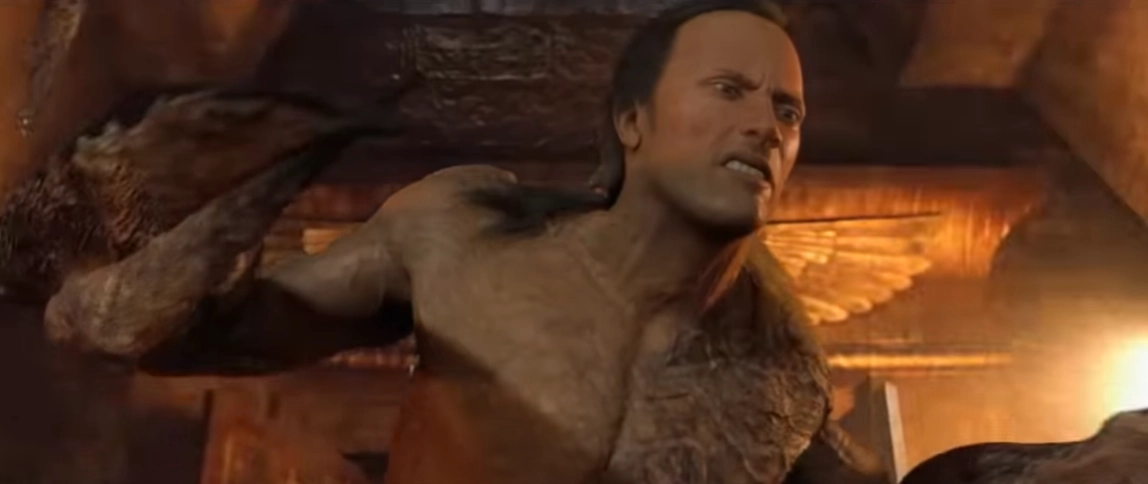
Justice League (2017) has the infamous “mustache incident,” where Henry Cavill’s facial hair was digitally erased due to his contract with another studio. The result was a superhero with a warped upper lip that distracted viewers every time he spoke. Different CGI artists have also pointed this out and made it a challenge to try and fix it, and even go as far to put the mustache back on such as Corridor Crew:
Released in 2010, Birdemic: Shock and Terror is a baffling showcase of how not to use CGI. Its computer-generated birds are seen awkwardly flapping, static in-flight, and often hovering motionless in the air, feeling more like clipart dragged across the screen than living creatures. What was meant to be a chilling eco-thriller becomes an unintentional parody, proving that poor visual effects can turn terror into pure hilarity.
Despite its massive budget, Megalopolis drew criticism for its unconvincing green screen effects and poor compositing. Scenes meant to feel epic often looked flat and artificial, with backgrounds that appeared pasted on rather than immersive. Critics noted that the film’s visual ambition was undercut by VFX that felt unfinished and stagey.

With its massive $250 million budget (Theguardian.com), Red One should have been a visual triumph. Instead, critics on YouTube and VFX review channels like Corridor Crew highlighted its lack of quality for the film’s budget. The film replaced real environments with artificial ones that didn’t even try to look natural.
The Marvel Cinematic Universe once set the bar for big-screen spectacle, but recent projects have been accused of cutting corners. Madame Web’s footage has already been criticized for poor CGI, script-writing, and more.

The most common reason CGI fails is poor integration. When a digital object doesn’t match the lighting, shadows, or camera movement of a live-action plate, it immediately feels detached.

When human-like characters don’t behave like real people, we notice. The Scorpion King (In the Mummy Returns) digital Dwayne Johnson falls deep into this uncanny valley. Facial expressions, eye movement, and skin simulation require subtlety, and even a small inconsistency can make a digital face look eerie.
Green screen compositing allows flexibility during production but comes at a cost. When backgrounds are replaced entirely, the lack of real-world depth flattens the image. Actors may appear to float in space rather than inhabit it.

Producing realistic digital imagery is expensive, from around $2,000 to $10,000 USD based on Pixune. For complex simulations or character work, that number can multiply several times over. When you consider that a superhero film can have over 2,000 effects shots, the total becomes staggering.

In the United States, the average cost of CGI and animation for a single feature reached $33.7 million in 2018 (Adobe), and the numbers have only gone up since with high‑end CGI production typically costing $20,000 to over $100,000 per minute (Animation Iconic). The irony is that the same massive budgets that make these films possible also create the pressure to release them too soon, forcing artists to rush unfinished work out the door.
Money doesn’t automatically buy quality. The Flash (2023) and Justice League are prime examples of massive spending that yielded underwhelming results. When producers impose last-minute changes, even the best teams can’t salvage consistency. It’s not uncommon for VFX studios to deliver hundreds of alternate versions of a single shot, hoping one will meet approval before time runs out.
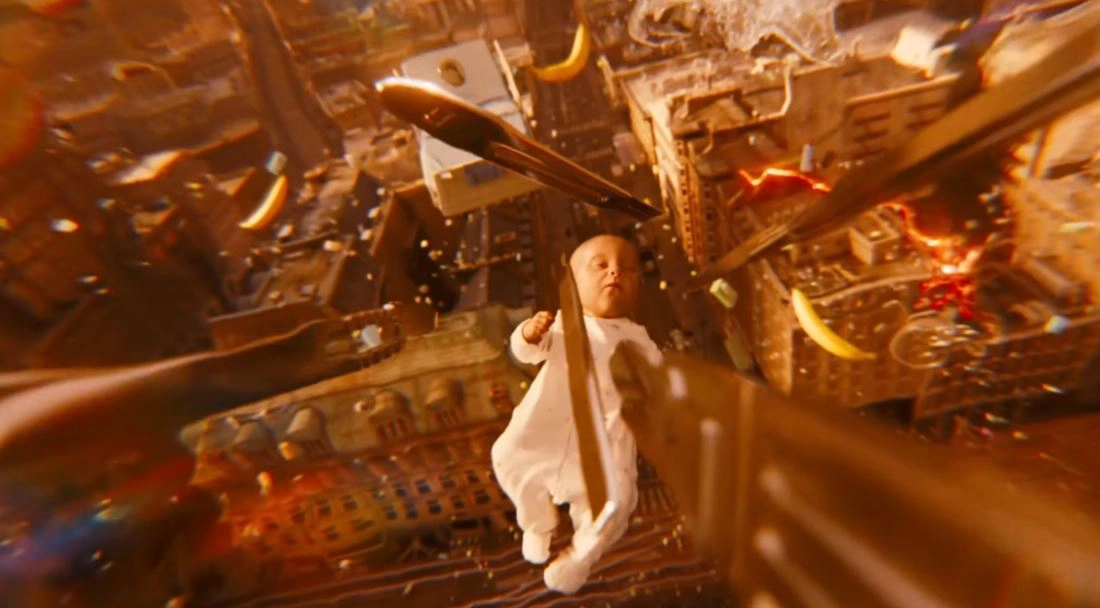
Practical effects cost more upfront but usually look better in the long run. A puppet or prop may age gracefully, while outdated CGI becomes unwatchable. Studios often justify the switch to digital because of reshoot flexibility, yet this short-term advantage rarely translates into better storytelling. Audiences still remember The Thing (1982) for its grotesque physical transformations, not the 2011 CGI prequel that followed.
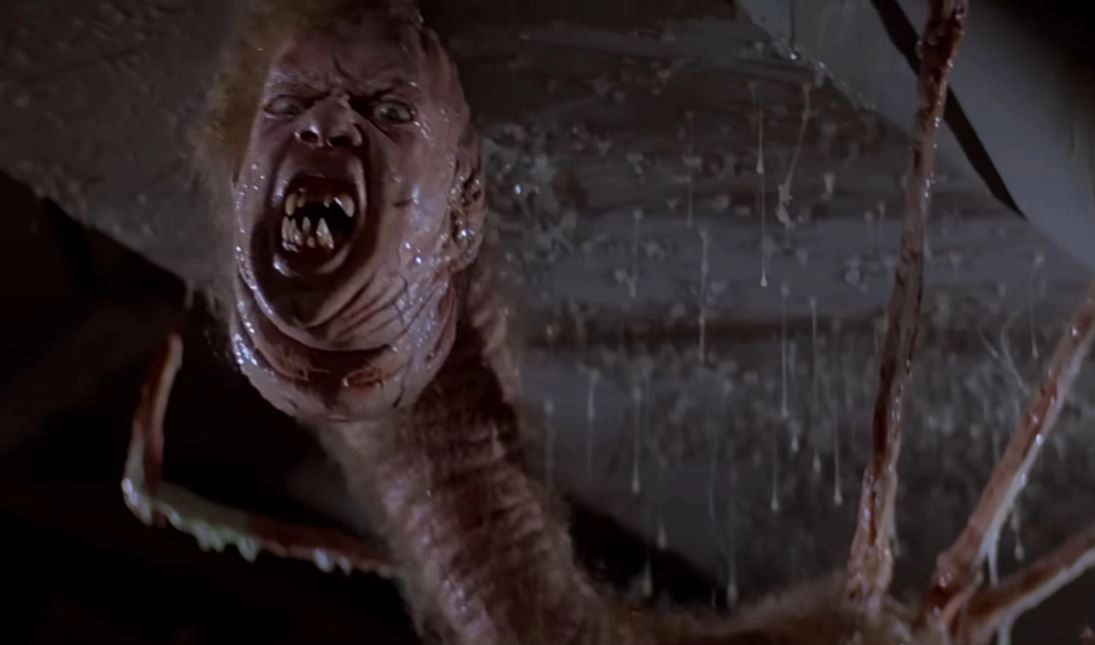
The most damaging factor behind bad CGI is also time. Studios frequently hand over incomplete footage to VFX teams and demand fully rendered shots within weeks. Deadlines take priority over polish, and revisions pile up until quality control collapses. The result is a film that feels synthetic and unfinished.
The difference between bad and good CGI often comes down to restraint. The Mist (2007) and Alien: Romulus (2024) use digital effects properly, combining them with physical lighting and camera work to create atmosphere. The creatures and environments blend seamlessly into the real world, maintaining the illusion without distracting from the story.
Pre-visualization allows filmmakers to design VFX shots long before cameras roll. When this step is skipped, artists must fill gaps after the fact, leading to mismatched perspectives and awkward timing. A well-planned sequence gives VFX teams a clear roadmap, preventing the frantic guesswork that ruins so many blockbusters, as we see in this example by Green Gold VFx Studios
Instead of overloading scenes with spectacle, they use CGI strategically to enhance what’s already there. Many independent horror and science fiction films succeed visually because they focus on tone and composition rather than scale. It’s not about how much CGI you use, but how purposefully you use it, and Tomorrow’s Filmmakers puts that best in their video on the topic:
AI has already begun reshaping the VFX landscape. Tasks like rotoscoping, cleanup, and object tracking can now be automated, saving weeks of manual labor. This could speed up production dramatically but it also risks homogenizing the look of movies if everyone uses the same tools without artistic discretion.
Others predict that AI could reduce the VFX workforce and replace many entry-level positions, but the question is whether this change will improve quality or simply reduce costs. If AI assists artists rather than replaces them, it could allow more time for creativity and refinement. But if studios use it primarily to save money, we may see a flood of soulless, templated visuals that look identical from one blockbuster to the next.
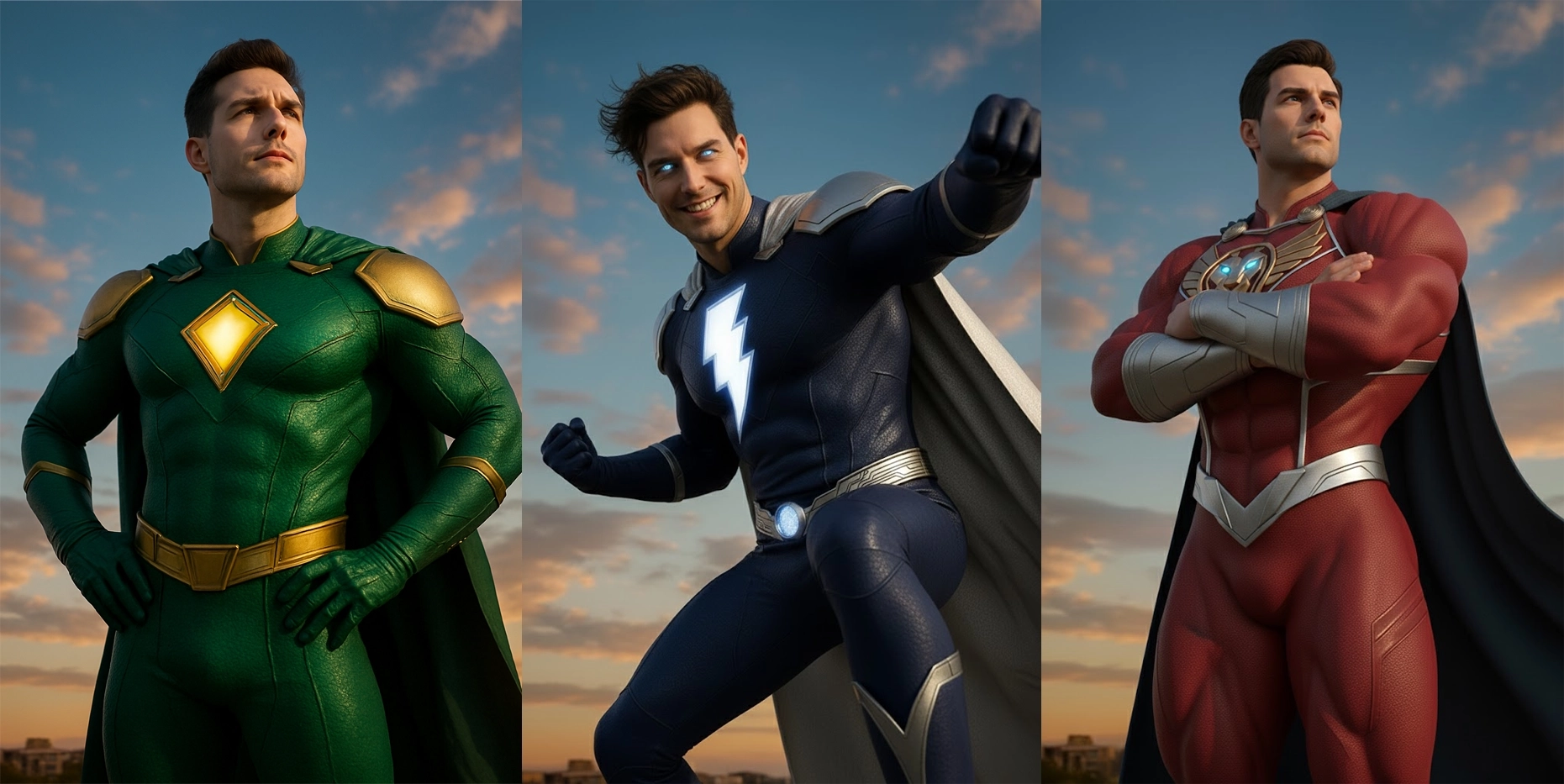
The next few years will determine whether AI becomes a tool for artistry or a shortcut for mediocrity. The technology itself isn’t the problem how the industry uses it. When filmmakers treat CGI and AI as storytelling instruments rather than quick fixes, they can create worlds that feel alive and grounded. If not, the list of the world’s worst CGI movies will only keep growing, one billion-dollar disappointment at a time.
"I'll say this very clearly: it's not going anywhere. It's definitely here to stay, and we are using it in our pipeline, or it's leaking into our pipeline. [...] So, it's leaking into our layout world and pose estimation, for facial understanding, for image clean up, texture synthesis, and things of that nature, but it's not going to be replacing humans." - VFX supervisors in their interview with Collider